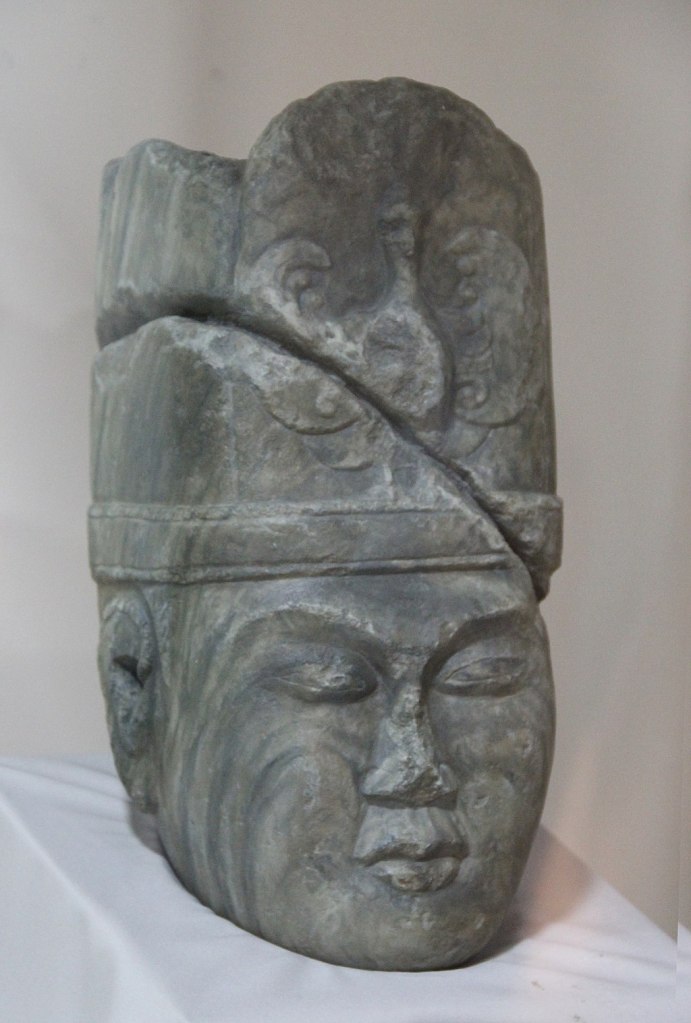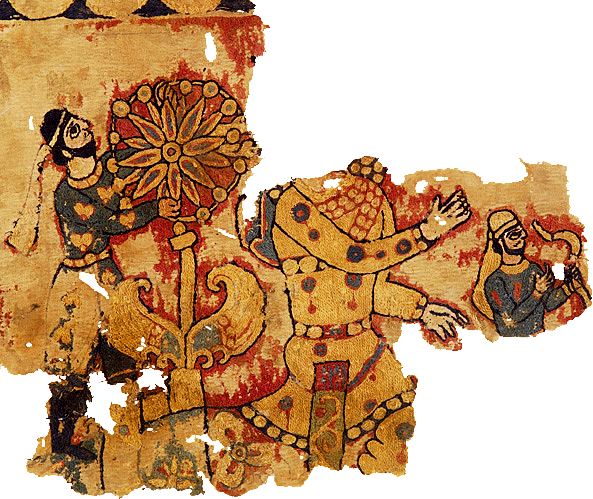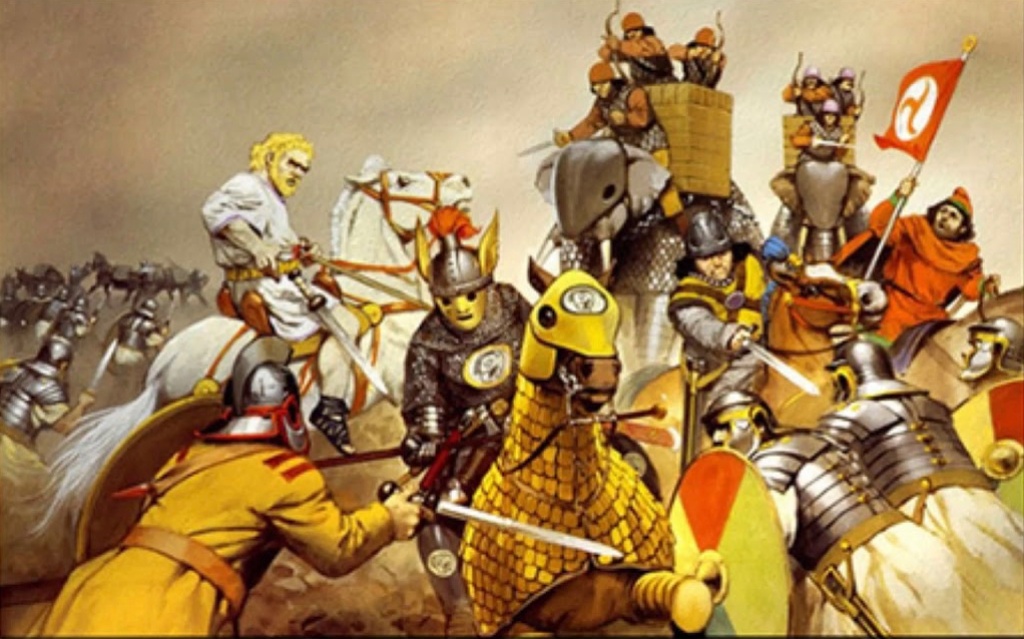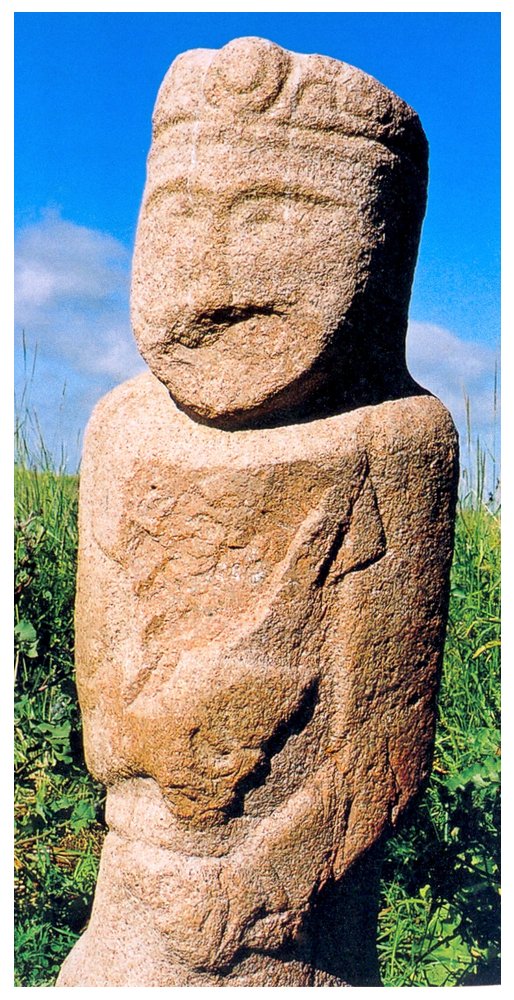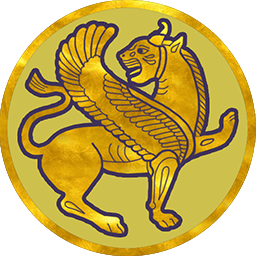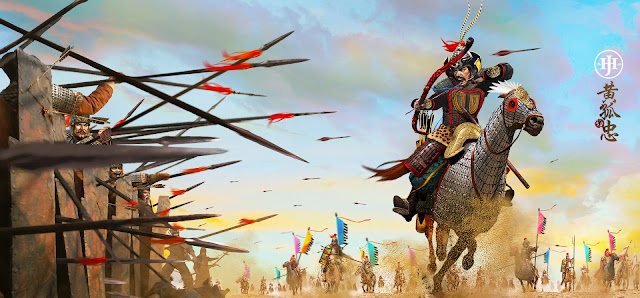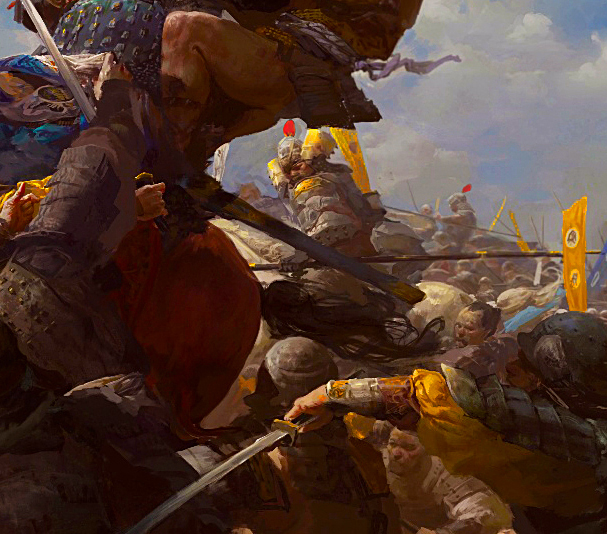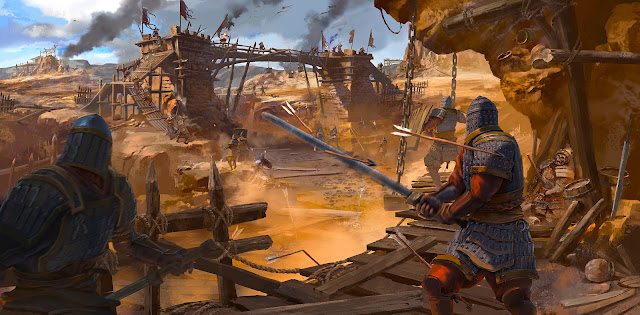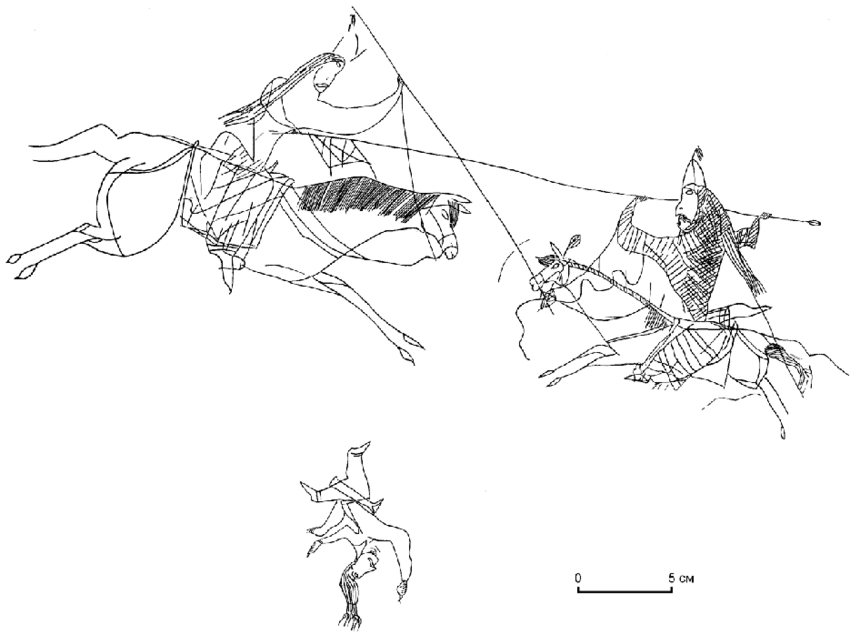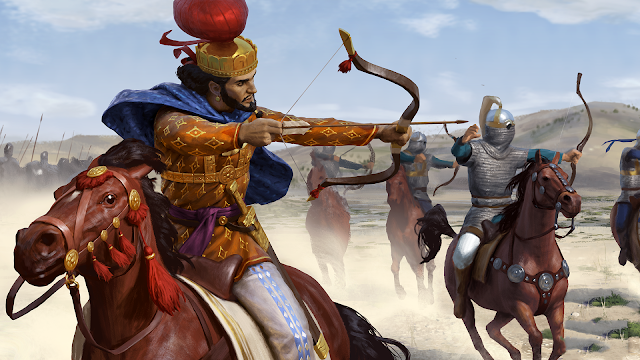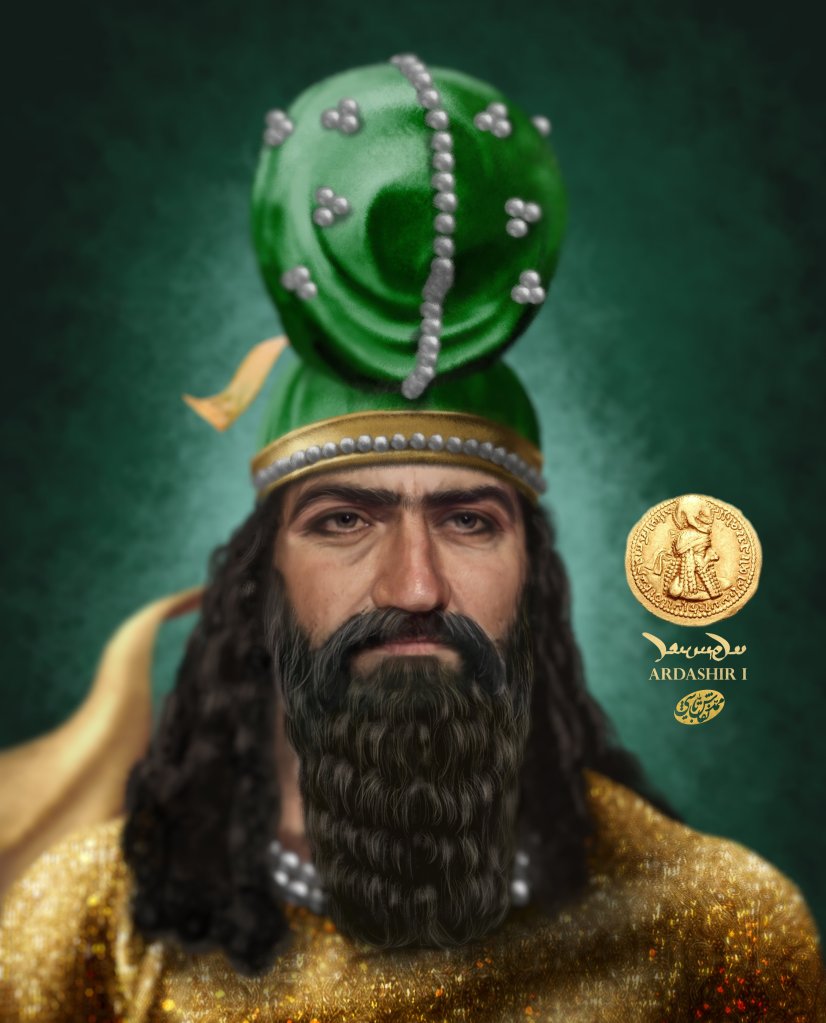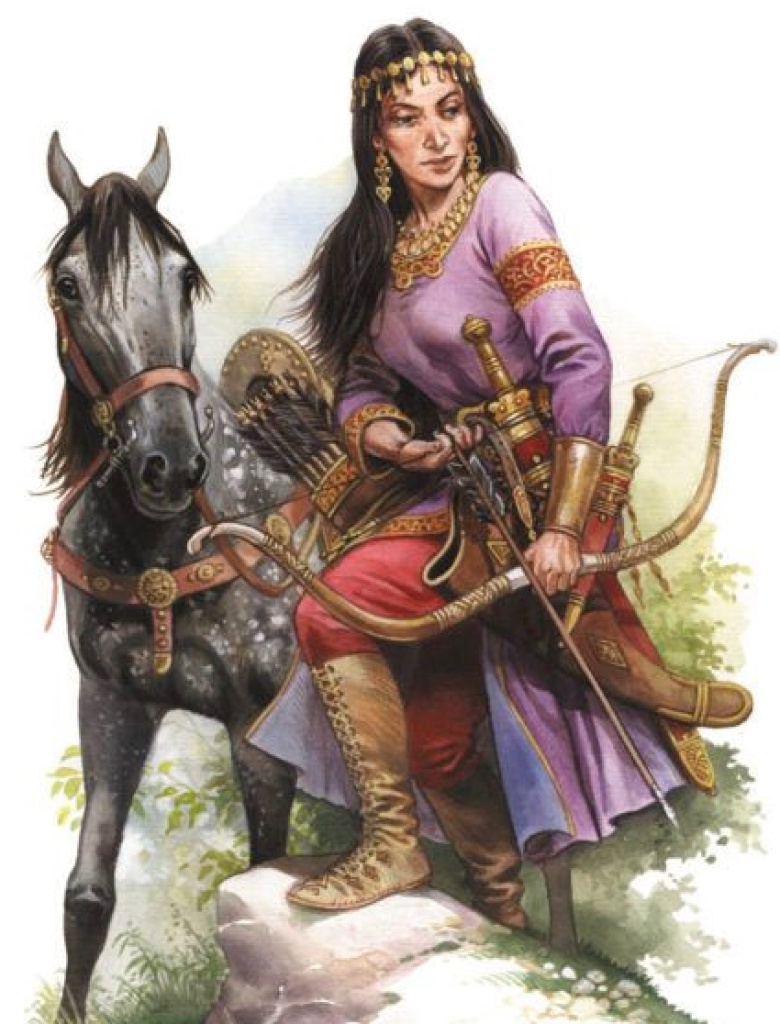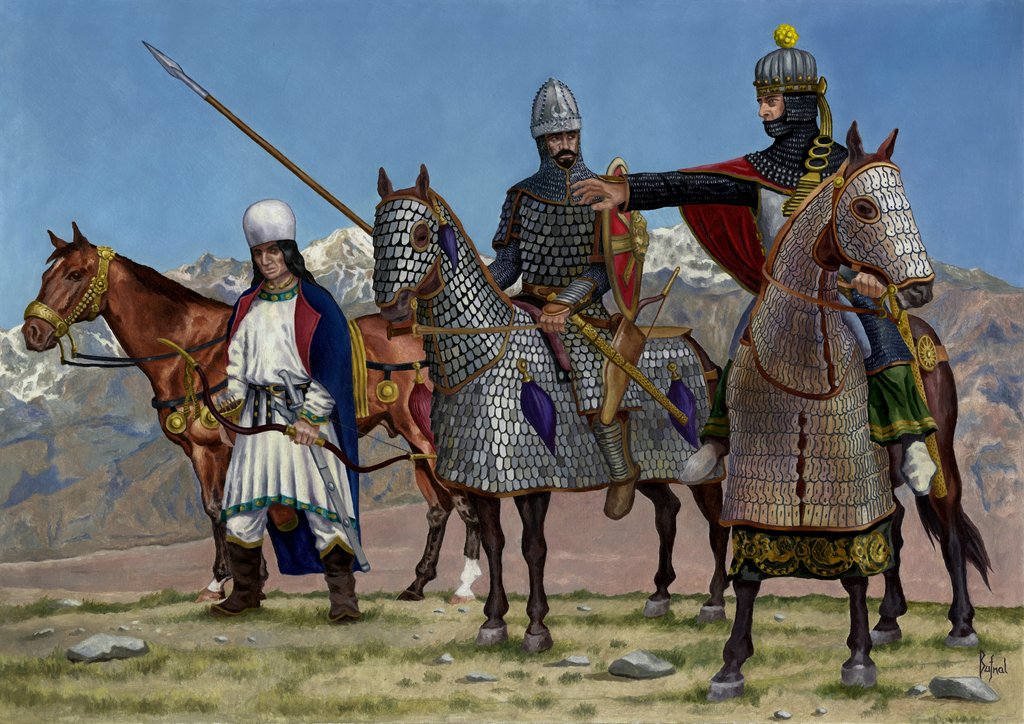The Sasanian (/səˈsɑːniən, səˈseɪniən/) or Sassanid Empire, officially known as the Empire of Iranians (Middle Persian: 𐭠𐭩𐭥𐭠𐭭𐭱𐭲𐭥𐭩, Ērānšahr) and also referred to by historians as the Neo-Persian Empire, was the last Iranian empire before the early Muslim conquests of the 7th–8th centuries AD. Named after the House of Sasan, it endured for over four centuries, from 224 to 651 AD, making it the longest-lived Persian imperial dynasty. The Sasanian Empire succeeded the Parthian Empire, and re-established the Persians as a major power in late antiquity alongside its neighbouring arch-rival, the Roman Empire (after 395 the Byzantine Empire). The empire was founded by Ardashir I, an Iranian ruler who rose to power as Parthia weakened from internal strife and wars with the Romans. After defeating the last Parthian shahanshah, Artabanus IV, at the Battle of Hormozdgan in 224 AD, he established the Sasanian dynasty and set out to restore the legacy of the Achaemenid Empire by expanding Iran’s dominions. At its greatest territorial extent, the Sasanian Empire encompassed all of present-day Iran and Iraq, and stretched from the eastern Mediterranean (including Anatolia and Egypt) to parts of modern-day Pakistan as well as from parts of southern Arabia to the Caucasus and Central Asia. According to legend, the vexilloid[b] of the Sasanian Empire was the Derafsh Kaviani.
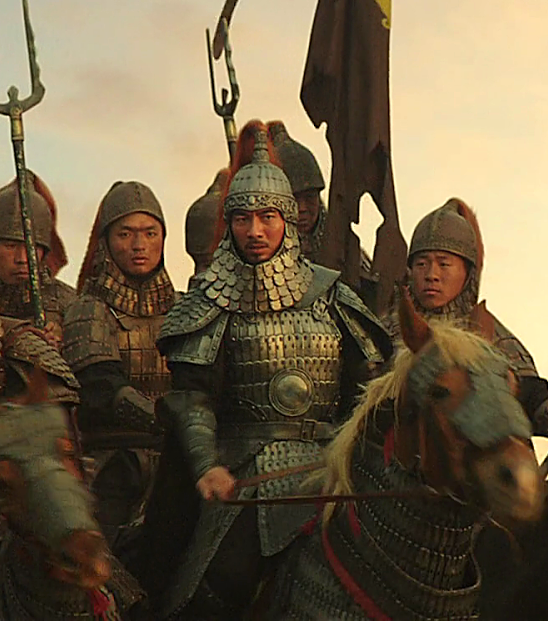
The Arab invasions ended the Sassanid Empire in 651. After being crushed by them in battle, the last Sassanian Shah Yazdegerd III was assassinated at Merv. With the death of the last Shah and the subsequent Arab takeover of the Persian realm, the Sassanid Empire quickly crumbled. But it would not be the end for the children of the murdered Shah. A Sassanian Prince and the eldest son of Yazdegerd III, only a teenager by the name Peroz (sometimes rendered as Firuz) escaped across the Pamir Mountains to Tang territory. With him came some of the last remaining Sassanian royal family and what was left of the imperial court. His brother Bahram, also one of the last sons of Yazdegerd followed him with the courtiers. There are somewhat diverging version of Peroz’ life between the Old Book of Tang and the New Book of Tang, however for the majority of our account we will mostly rely on the New Book of Tang- since often it’s more reliable than the Old Book of Tang. The majority of Peroz’s life was documented by his son Narseih. According to the consensus tallied between both the Old Book of Tang and the New Book of Tang: while escaping from the Arabs, Peros was able to find protection in Sistān- in modern Afghanistan with the help of the Turkic rulers of Ṭoḵārestān (Old Book of Tang claimed he was held hostage by them and then escaped his captors.) These were local rulers in service of the Tang empire- although they are free to rule as kings in their respective domains, they were vassals to the Tang. After the defeat of the Western Gokturk Empire between 657 and 659, the Chinese were actively reorganizing their conquered protectorates in what is modern Afghanistan- it was in this context where the Tang were tallying all the significant players and vassals in the region that Peros sought to make himself known to the Tang.

Sasanian dynasty, Sasanian also spelled Sassanian, also called Sasanid, ancient Iranian dynasty that ruled an empire (224–651 CE), rising through Ardashīr I’s conquests in 208–224 CE and destroyed by the Arabs during the years 637–651. The dynasty was named after Sāsān, an ancestor of Ardashīr. Under the leadership of Ardashīr (reigned as “king of kings” 224–241), the Sasanians overthrew the Parthians and created an empire that was constantly changing in size as it reacted to Rome and Byzantium to the west and to the Kushans and Hephthalites to the east. At the time of Shāpūr I (reigned 241–272), the empire stretched from Sogdiana and Iberia (Georgia) in the north to the Mazun region of Arabia in the south and extended to the Indus River in the east and to the upper Tigris and Euphrates river valleys in the west.
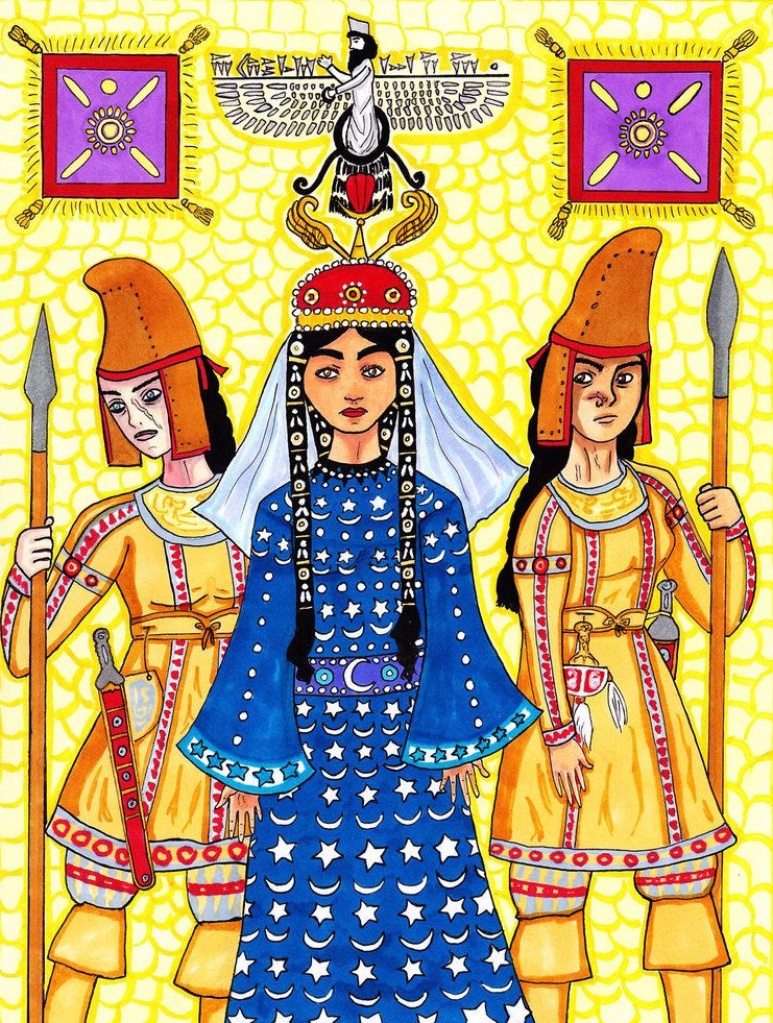
The Sasanian Empire (224-651 CE, also given as Sassanian, Sasanid or Sassanid) was the last pre-Islamic Persian empire, established in 224 CE by Ardeshir I, son of Papak, descendant of Sasan. The Empire lasted until 651 CE when it was overthrown by the Arab Rashidun Caliphate. It is considered by the Iranian people to be a highlight of their civilization for, after the fall of the Achaemenid Empire (c. 550-330 BCE) at the hands of Alexander the Great in 330 BCE, Persian culture was sustained through the Parthian Empire (247 BCE – 224 CE) and reached its height in the Sassanian Period; there was not to be another state that truly felt ”Iranian” after its fall. After Alexander‘s death in 323 BCE, the Iranian Plateau fell into the hands of Seleucus I Nicator (r. 305-281 BCE), following the Wars of the Diadochoi (Alexander’s generals). He established a Hellenistic state known as the Seleucid Empire (312-63 BCE), mainly on what is today the Islamic Republic of Iran, although at its height the Empire extended from modern-day Turkey to modern-day Pakistan. The Seleucids, although certainly influenced by the Iranian people over whom they ruled, still kept true to their Greco-Macedonian origins and hence were not seen as native rulers by their subjects. By 155 BCE, the Parthians had conquered all of the Iranian territories of the Seleucid Empire. The Parthians, a group of Northeastern Iranians, who, although certainly refreshing to their Iranian subjects, were still heavily influenced by Hellenistic culture. They are mostly known to the European world as antagonists of the Roman Empire, and Parthian culture is often neglected in history books. The Parthians themselves fell to Ardashir I, who was a Persian for he came from the province of Fars (originally known as Pars, which is where the word Persian comes from) from where the Achaemenids came. He installed his own dynasty under the family name of his forefather Sasan.
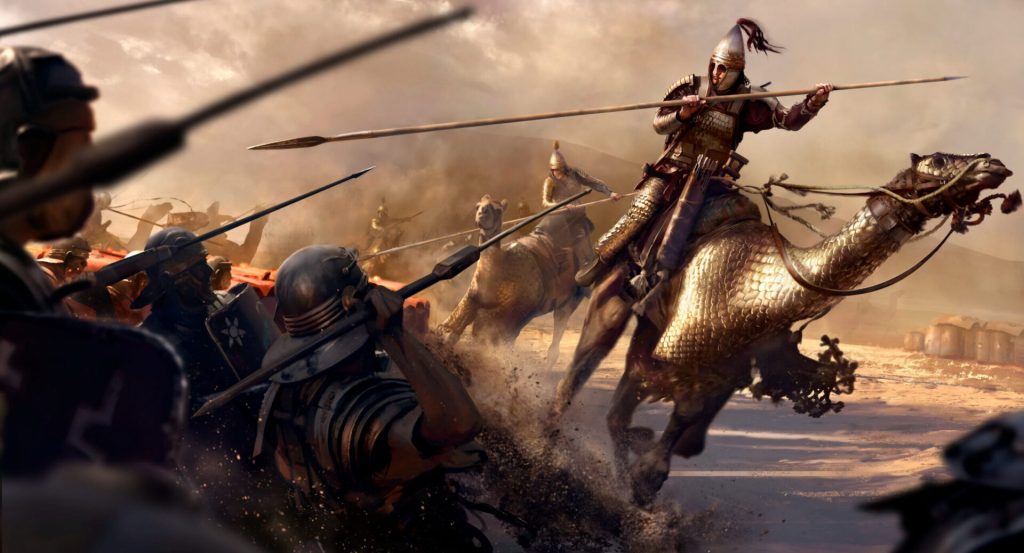
Sassanid Empire or Sassanian Dynasty is the name used for the third Iranian dynasty and the second Empire. The dynasty was founded by Ardashir I after defeating the last Parthian (Arsacid) king, Artabanus IV Ardavan). It ended when the last Sassanid Shahanshah (King of Kings), Yazdegerd III (632-651), lost a 14-year struggle to drive out the expanding Islamic empires. The Empire’s territory encompassed all of what is now Iran, Iraq, Armenia, Afghanistan, eastern parts of Turkey, and parts of Syria, Pakistan, Caucasia, Central Asia and Arabia. The Sassanids called their empire Eranshahr “Empire of the Aryans (Persians)”. The Sassanid era is considered to be one of Iran’s most important and influential historical periods. In many ways the Sassanid period witnessed the highest achievement of Persian civilization, constituting the last great Iranian Empire before the Muslim conquest. Persia influenced Roman civilization considerably during the Sassanids’ times, and the Romans reserved for the Sassanid Persians alone the status of equals. Often tolerant of religious minorities, Jewish life flourished during the Sassanid period, producing the Babylonian Talmud. Their cultural influence extended far beyond the empire’s territorial borders, reaching Western Europe, Africa, China and India and played a prominent role in the formation of European and Asiatic medieval art. This influence carried forward to the early Islamic world with the Muslim conquest of Iran, including the idea of a paid, professional army. Although often engaged in conquest, the Sassanids also entered into peace treaties and engaged in widespread trade. They served humanity as cultural catalysts, helping to create a more interconnected and inter-dependent world.
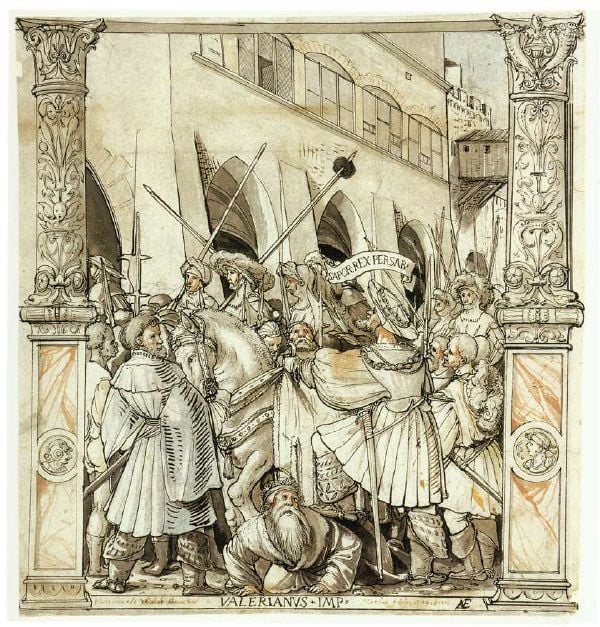
Around 224 A.D., Ardashir I (r. 224–241), a descendant of Sasan who gave his name to the new Sasanian dynasty, defeated the Parthians. The Sasanians saw themselves as the successors of the Achaemenid Persians. One of the most energetic and able Sasanian rulers was Shapur I (r. 241–272). During his reign, the central government was strengthened, the coinage was reformed, and Zoroastrianism was made the state religion. The expansion of Sasanian power in the West brought conflict with Rome. In 260 A.D., Shapur I took the Roman emperor Valerian prisoner in a battle near Edessa. Thereafter, the defense of Rome’s eastern frontier was left to the ruler of Palmyra, a caravan city in Syria. By the end of Shapur I’s reign, the Sasanian empire stretched from the River Euphrates to the River Indus and included modern-day Armenia and Georgia. After a short period during which much territory was lost, Sasanian fortunes were restored during the long reign of Shapur II (r. 310–379). He reestablished control over the Kushans in the east and campaigned in the desert against the Arabs. Conflict with Rome resulted once again in Sasanian control of northern Mesopotamia and Armenia.
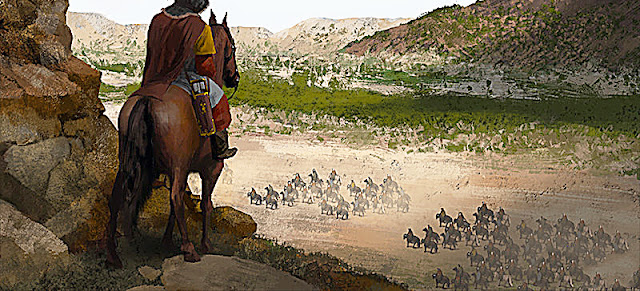
The Sassanid dynasty was founded by Ardashir I when he had defeated the last Parthian (Arsacid) king, Artabanus IV, and ended when the last Sassanid Shahanshah (King of Kings), Yazdegerd III (632–651), lost a 14-year struggle to drive out the early Arab Caliphate, the first of the Islamic empires. The Sassanid Empire’s traditional territory included all of today’s Iran, Iraq, Armenia, Afghanistan, Egypt, eastern parts of Turkey, and parts of Syria, Pakistan, Caucasia, Central Asia and Arabia. The Sassanid era is considered to be one of the most important and influential historical periods in Iran. In many ways the Sassanid period saw the highest achievement of Persian civilization, and constituted the last great Iranian Empire before the Muslim conquest and adoption of Islam. Persia influenced Roman civilization considerably during the Sassanids’ times, and the Romans re.served for the Sassanid Persians alone the status of equals. The Roman Emperor wrote letters to the Persian Shahanshah, which were addressed to “my brother”. Their cultural influence extended far beyond the empire’s territorial borders, reaching as far as Western Europe, Africa, China and India, and played a prominent role in the formation of both European and Asiatic medieval art.
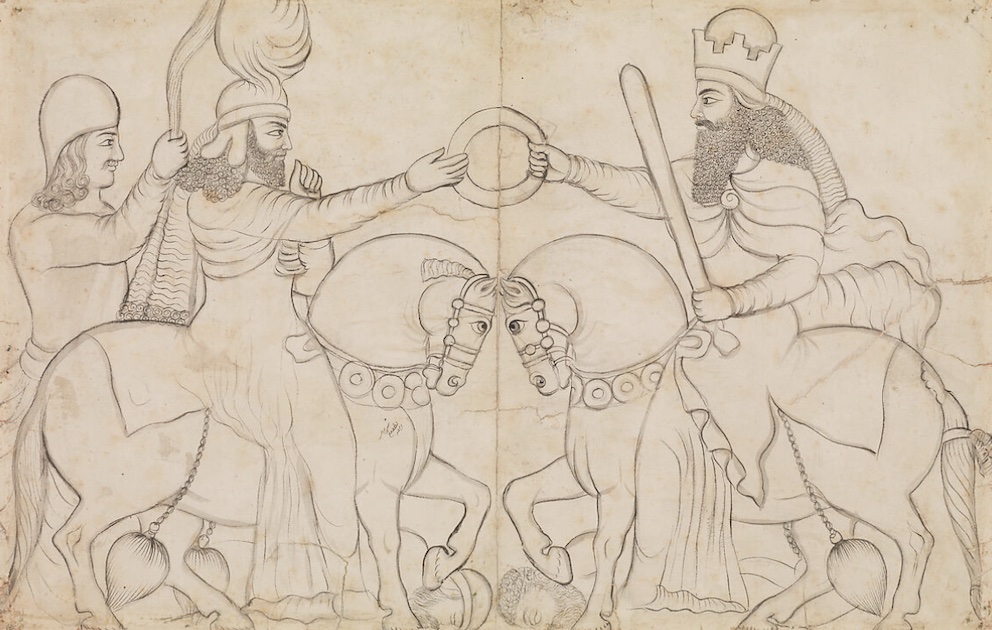
The Sassanids established an empire roughly within the frontiers achieved by the Achaemenids, with the capital at Ctesiphon. The Sassanids consciously sought to resuscitate Iranian traditions and to obliterate Greek cultural influence. Their rule was characterized by considerable centralization, ambitious urban planning, agricultural development, and technological improvements. Sassanid rulers adopted the title of shahanshah (king of kings), as sovereigns over numerous petty rulers, known as shahrdars. Historians believe that society was divided into four classes: the priests, warriors, secretaries, and commoners. The royal princes, petty rulers, great landlords, and priests together constituted a privileged stratum, and the social system appears to have been fairly rigid. Sassanid rule and the system of social stratification were reinforced by Zoroastrianism, which became the state religion. The Zoroastrian priesthood became immensely powerful. The head of the priestly class, the mobadan mobad, along with the military commander, the eran spahbod, and the head of the bureaucracy, were among the great men of the state. Rome, with its capital at Constantinople, had replaced Greece as Iran’s principal Western enemy, and hostilities between the two empires were frequent. Shahpur I (240-272 CE), son and successor of Ardeshir, waged successful campaigns against the Romans and in 260 CE even took the emperor Valerian prisoner. Between 260 and 263 CE he had lost his conquest to Odenathus, and ally of Rome. Shapur II (ruled 309-379 CE) regained the lost territories, however, in three successive wars with the Romans.

